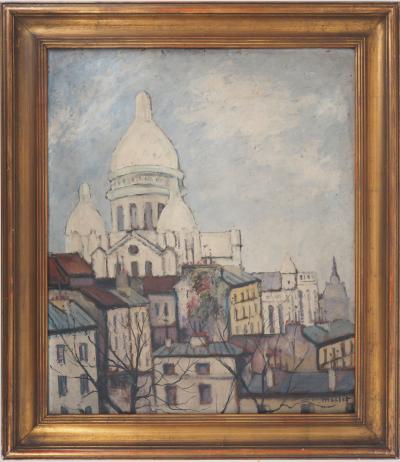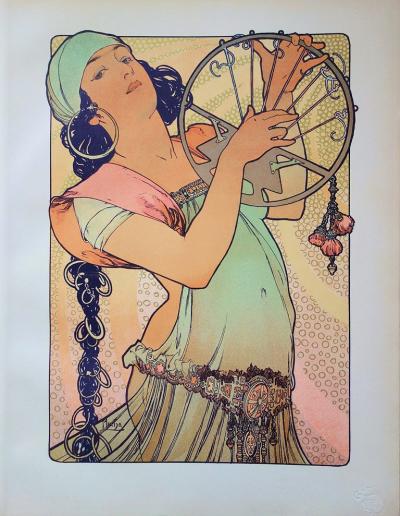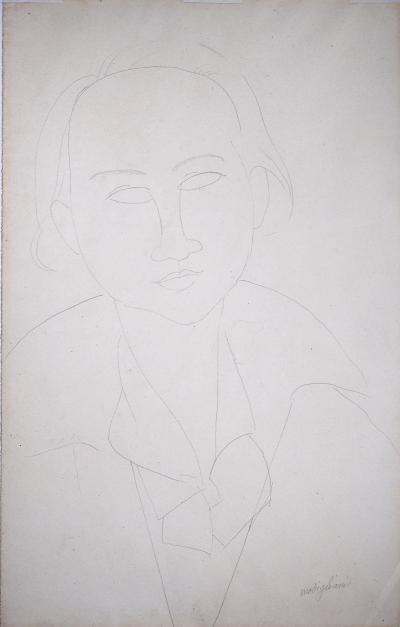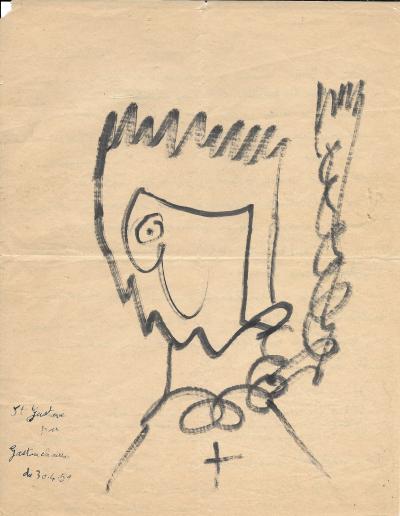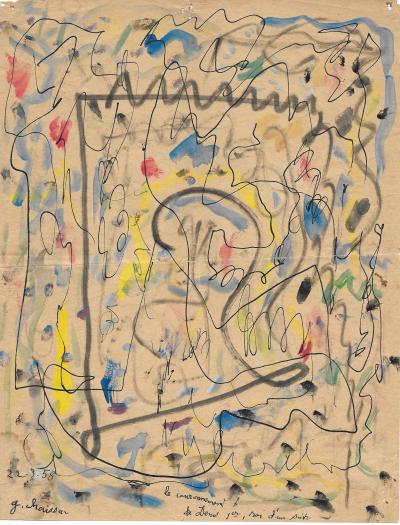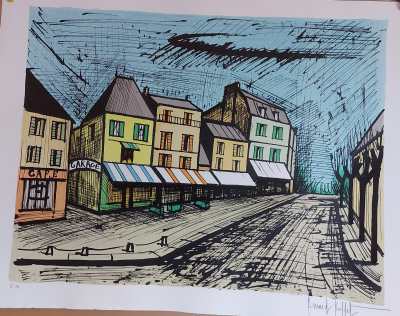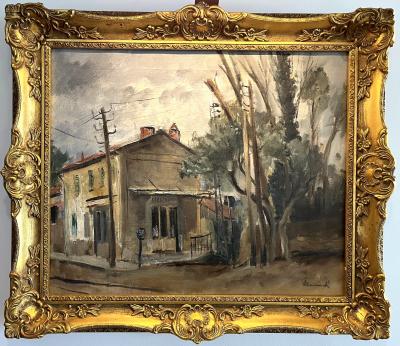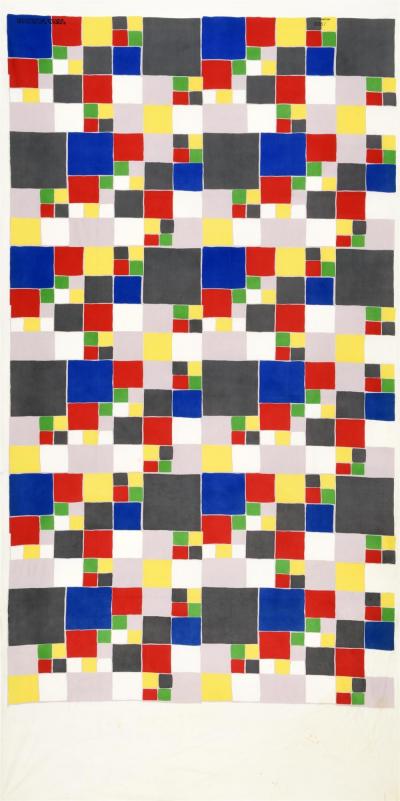Paul Gauguin (1848-1903) is one of the greatest french painters of the 19th century. His work is making a transition between impressionnism and symbolism and influenced substantially fauve and expressionist artists. From 1879, he participated to impressionist exhibitions under Camille Pissarro's guidance. Then Gauguin worked
Paul Gauguin (1848-1903) is one of the greatest french painters of the 19th century. His work is making a transition between impressionnism and symbolism and influenced substantially fauve and expressionist artists. From 1879, he participated to impressionist exhibitions under Camille Pissarro's guidance. Then Gauguin worked in Pontoise with Jean-Baptiste Armand Guillaumin and Paul Cézanne leading him to break from impressionism. At the end of 1883, Gauguin attempted to live of his painting in Rouen, where Pissarro and Claude Monet were in touch with wealthy art lovers, then in Denmark. Back from his first trip to Pont-Aven, in 1886, Gauguin exhibited the paintings he brought back and the ones from Rouen and Denmark with dense and muted colors periods.
Gauguin's second stay in Pont-Aven in 1888 sealed his artistic relationship with Émile Bernard and, and brought to life a new aesthetic opposing neo-impressionism to synthetism (Vision after the sermon, 1888).
The artist then appeared as the leader of the symbolist school and went to Arles to visit Vincent Van Gogh. Gauguin then headed for Tahiti, in the spring of 1891 (Women from Tahiti, 1891), and came back to Paris to exhibit at Paul Durand-Ruel's. In Polynesia, Great myths followed the confused religiosity of his works (pleasure, fear, death), with massive shapes with saturated colors. The joy of a return to the sources is expressed in the 1896 paintings (Delicious days), was followed by pain and depression caused by the death of his daughter Aline (Where are we from ? Who are we ? Where are we going ?, 1897).
When he settled to Marquesas Islands (1901) his enthusiasm came back and he realised new masterpieces (Barbaric tales; Horseman in the border of the sea, 1902). Gauguin also created sculptures. Exhausted by illness, his use of alcohol and spats with local authorities, he died before he turned 55 years old.
Lire plusLire moins
